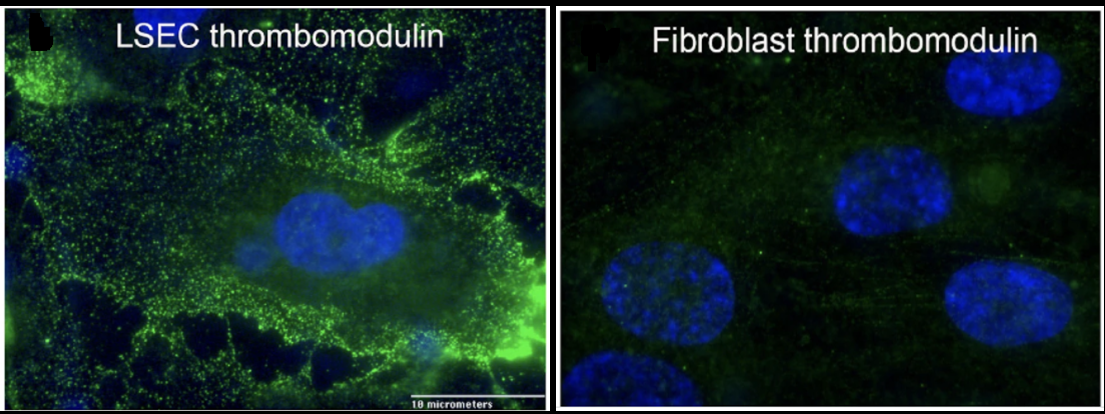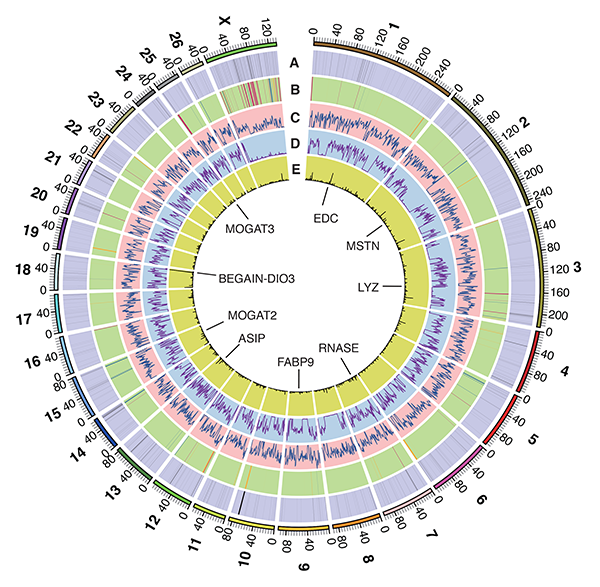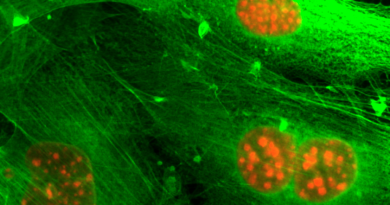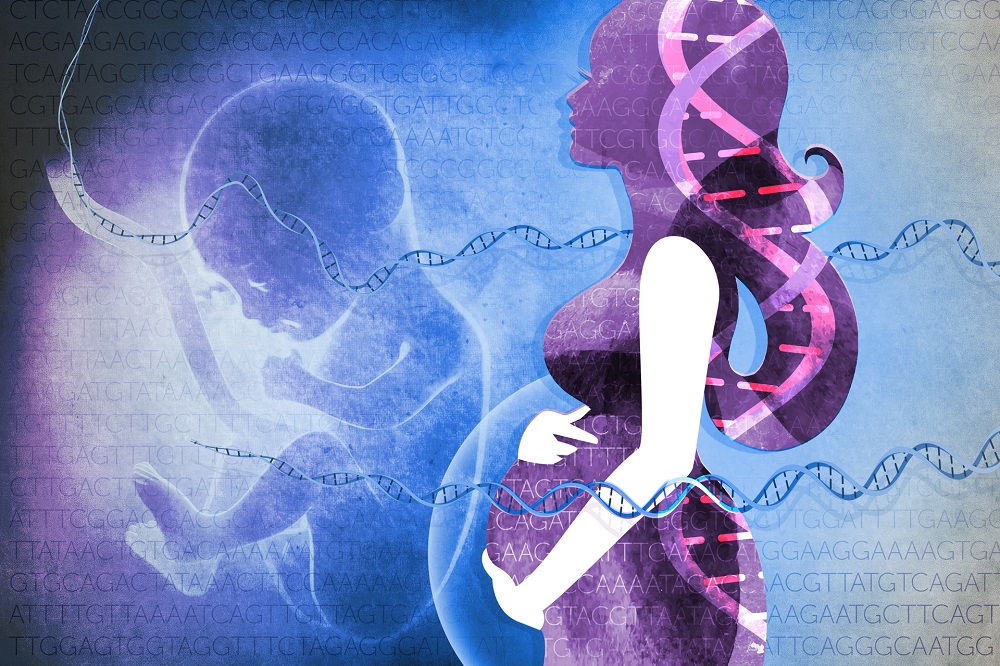Endothelial cells play important role in blood clotting
When an injury occurs, coagulation proteins are integral to forming clots (thrombosis) and stopping bleeding (hemostasis). Dr. Clay Cohen, assistant professor of pediatric hematology and oncology at Baylor College of Medicine and Texas Children’s Hospital, is studying how the blood vessel walls play a role in these processes.

“Most experts believe the proteins that contribute to the development of a blood clot come exclusively from the liver,” said Cohen, who is also director of the Hemophilia Treatment Center and co-director of the Young Women’s Bleeding Disorders Clinic at Texas Children’s Hematology Center. “Our laboratory has been evaluating whether endothelial cells, which form the lining of the blood vessel walls, also can produce coagulation proteins.”

Thrombin, an enzyme in blood, is key to the clotting process. Cohen describes the steps to make thrombin as a cascading domino system — a series of steps triggered by the activation of different proteins.
In a previous study, Cohen and co-authors at Rice University detailed the first half of the process, showing the activation of a protein called coagulation factor X. In the current study published in Scientific Reports, these researchers confirmed that endothelial cells facilitate the rest of the thrombin-making process without help from external proteins, including those made in the liver.
We showed that not only do endothelial cells produce all the proteins necessary for the clotting domino effect to happen, but they allow it to happen on their surfaces,” Cohen said.
Cohen and his team measured the thrombin activity in cultures of endothelial cells and fibroblasts, a type of cell found in connective tissue. Both cell types showed thrombin activity on the cell surface, with the strongest activity shown in endothelial cell cultures.
“The vascular wall and endothelial cells are viewed as being important for preventing blood clots. If your veins are trying to make blood clots, the blood isn’t going to flow normally,” Cohen said.
Our findings that the endothelial cells have a role in blood clot formation, now shifts the way we think about how blood clots develop and how to treat and prevent them.”
Next steps
One of the next steps in Cohen’s research will be to study how his findings on the role of the endothelial cells in clot formation may influence women on estrogen therapy.
“Women taking estrogen are at higher risk for developing blood clots, but it’s not clear why,” Cohen said. “I’m interested in learning how endothelial cells react to estrogen exposure as a potential explanation for increasing the risk of developing a blood clot.”
Dr. Nancy A. Turner and Dr. Joel L. Moake with Rice University also contributed to this work.
See the publication for a full list of funding.
By Molly Chiu



